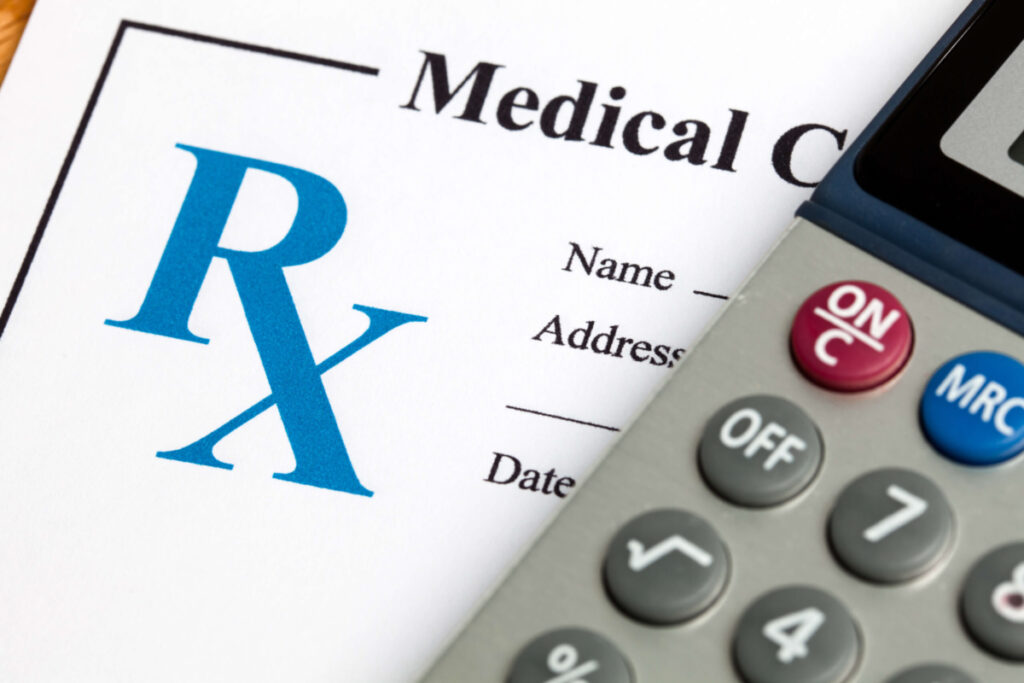As states take important steps to lower prescription drug costs, at least six have implemented prescription drug affordability review initiatives, although approaches vary across states. The National Academy for State Health Policy (NASHP)’s new chart, Comparison of State Prescription Drug Affordability Review Initiatives, provides a road map of the diverse efforts taken by Maryland, Maine, New Hampshire, New York, Massachusetts, and Ohio.
NASHP’s Prescription Drug Affordability Board (PDAB) model legislation, first released in 2017, defines a PDAB as an entity comparable to a public utility commission, with the ability to establish upper payment limits when a state’s PDAB determines a drug is otherwise unaffordable for state health care purchasers and consumers.
This chart compares state prescription drug affordability review initiatives in Maryland, Maine, New Hampshire, New York, Massachusetts, and Ohio.
Maryland’s PDAB Phased-in Approach
Maryland’s PDAB, enacted in 2019, was based on the NASHP model but initially limits the board’s ability to set upper payment limits to only public purchasers, pending approval by the state legislature. The landmark Maryland law also includes a phased-in approach that could eventually establish upper payment limits for all payers in the state, including the commercial market. The start-up cost for the Maryland PDAB is roughly $750,000 and covers five full-time employees. The funding mechanism for Maryland’s board was vetoed by Gov. Larry Hogan, however the General Assembly recently overrode the veto.
In determining whether a drug is unaffordable, the Maryland board can consider a variety of factors, including:
- The wholesale acquisition cost (manufacturers’ list price) or another relevant drug cost index;
- Average rebates provided to health plans, pharmacies, and pharmacy benefit managers;
- Net drug prices; and
- Average patient copay.
In its early meetings, the board began to outline a list of potential drug pricing data sources it will need to access in order to determine an appropriate upper payment limit.
State Approaches that Leverage Purchasing Power
Maine and New Hampshire have also enacted laws creating their own unique PDABs. While these boards are called PDABs, it is important to note that, unlike Maryland, they do not have the authority to set payment limits, but are instead focused on leveraging public purchasing power to lower drug costs.
To accomplish that mission, Maine and New Hampshire’s boards are charged with recommending strategies for public purchasers to lower the cost of prescription drugs in order to meet drug spending targets that will be established by the boards. Ohio enacted a law creating a Prescription Drug Transparency and Affordability Council, but the law does not aim to set upper payment limits. Instead, it established a group of stakeholders to provide recommendations to the governor and legislature on actions that could lower drug costs in Ohio.
Medicaid Models
In addition to the models described above, New York and Massachusetts are engaged in affordability review initiatives that focus on drugs purchased by their states’ Medicaid agencies. As NASHPs new chart shows, New York and Massachusetts use affordability reviews and direct negotiations with drug manufacturers to attain supplemental rebates on high-cost drugs.
Using Canadian Prices to Set Upper Payment Limits
NASHP’s model legislation’s key strategy was to set enforceable upper payment limits for prescription drugs in order to rein in drug prices. However, particularly with COVID-19s impact on state budgets, not every state has the resources and capacity to establish a new entity to oversee the robust review of drug costs necessary to establish upper payment limits through a PDAB. During the 2020 legislative session, Washington Gov. Jay Inslee vetoed a number of bills based on cost concerns, including a measure that would have established a PDAB.
In the current 2021 legislative session, four states have introduced bills to establish a PDAB but others have refrained due to budget constraints. To support states facing those budget pressures, NASHP has also released a less costly, alternative approach to setting an upper payment limit – NASHP’s international reference rate model.
Using Canadian drug prices, the model allows a state insurance department to set an upper payment limit for up to 250 high-cost drugs (determined by drug price times utilization). A state could revise the model and use an affordability board structure as well. Canadian prices, which are established with reference to prices in various comparable countries, offer a less costly and labor-intensive process of determining upper payment limits.
Lawmakers in five states (HI, ME, OK, ND, and RI) have introduced or pre-filed bills based on the NASHPs international reference rate model legislation and more bills are expected to be filed. To learn more about NASHP’s legislative models to curb drug costs and estimated savings from each of them, please contact Jennifer Reck.



